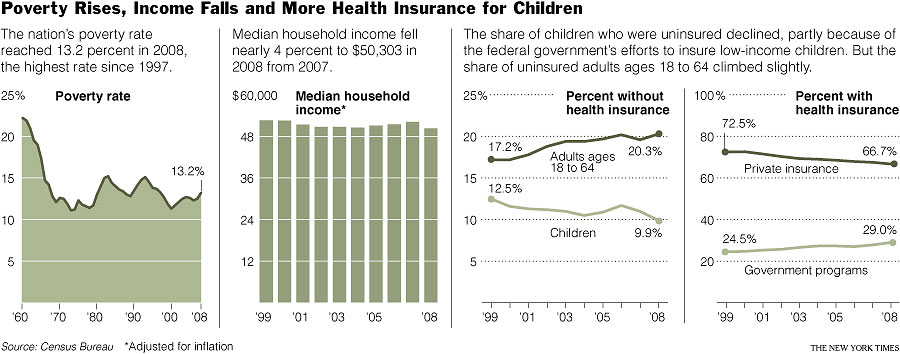| Want to send this page or a link to a friend? Click on mail at the top of this window. |
More Special Reports |
| Posted September 11, 2009 |
| National |
| Poverty Rate Rose in 2008, Census Finds |
| By ERIK ECKHOLM |
 |
| Wehaitians.com, the scholarly journal of democracy and human rights |
| More from wehaitians.com |